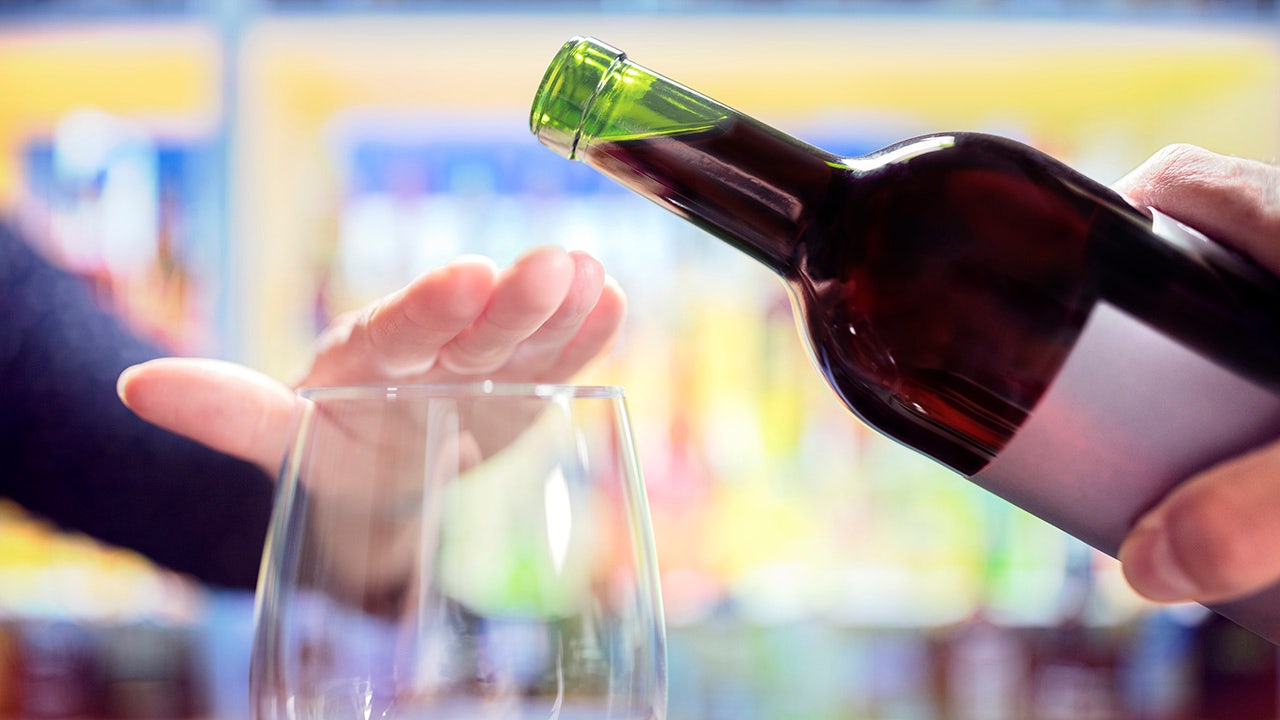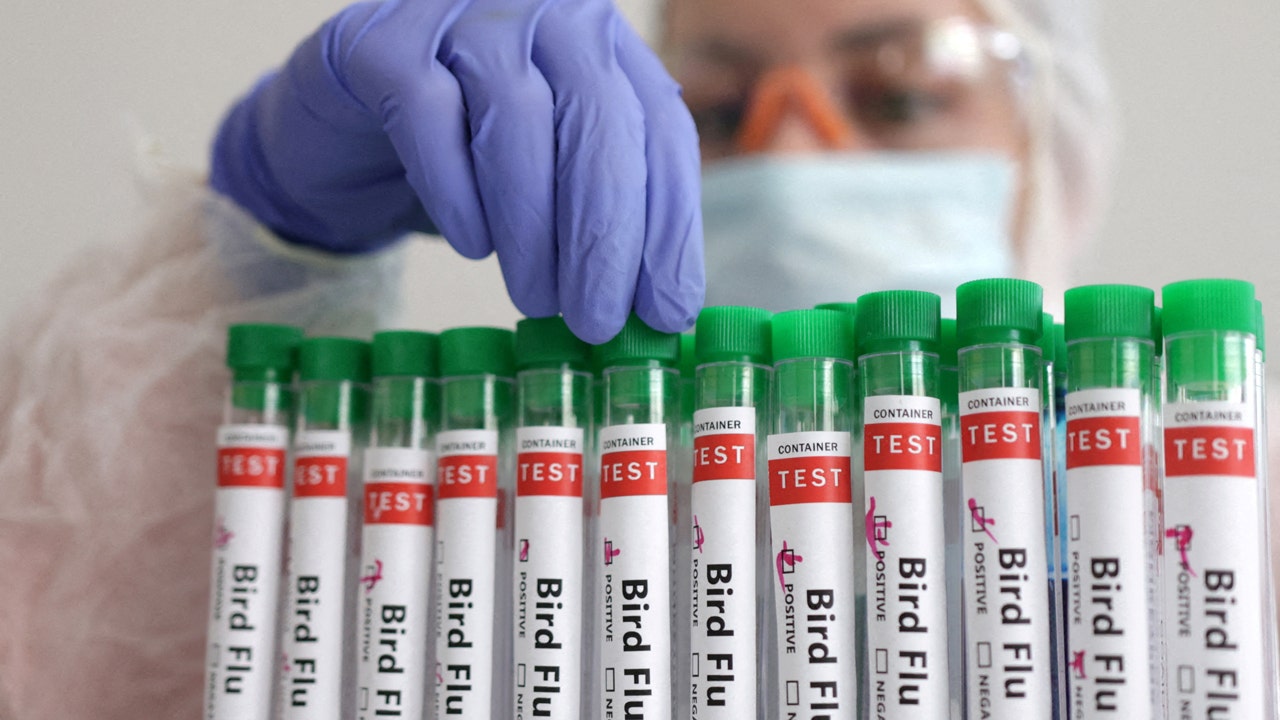WINDOW ROCK, Ariz. – The Navajo Nation has lifted a mask mandate that has been in effect since the early days of the coronavirus pandemic, officials announced Friday, fulfilling such a new promise Tribal President Buu Nygren made for the office during the campaign.
The mandate was one of the longest-standing in the United States, and applied broadly to businesses, government agencies, and tourist destinations on the vast reservation that stretches as far as New Mexico, Utah, and Arizona. The tribe once had one of the highest Coronavirus infection rates in the country and are among the strictest measures to prevent the virus from spreading.
Nygren and Navajo Nations Council delegate Otto Tso, who temporarily oversees the tribe’s legislature, jointly announced the lifting of the mask mandate on social media Friday night.
They cited figures from tribal health officials showing there is a low risk of transmission, based on the 7-day incidence rate of 51 cases per 100,000 people.
The number of overall positive cases during the pandemic remains higher in the Navajo region than any other Indian Health Service region except Oklahoma. The Navajo Nation has recorded more than 2,000 COVID-related deaths since the pandemic began.
Nygren and Tso urged people to continue to take precautions. Masks are still required in schools, care homes and healthcare facilities under the latest public health regulation.
“It’s time for the Navajo people to get back to work,” Nygren said in a statement. “It’s about time they could open their chapter houses to do local business and receive the services they demand and deserve.”
The news spread quickly and comments were pouring in on social media. Some praised the action, while others were harshly critical, including former President Jonathan Nez, who was seeking a second term and whose tenure was marked by the response to the pandemic.
Nez attributed the lower rates of coronavirus to the mask mandate and said he prays that COVID-19, RSV and flu cases are not increasing.
“But the new government must be held accountable as we see increases in new infections, hospitalizations and deaths,” he wrote on Twitter.
Enforcement of the mask mandate has been mixed across the 27,000-square-mile (69,000-square-kilometer) Navajo Nation. Most people wore masks at the inauguration for newly elected officials earlier this month, but neither Nygren nor Nez wore one the entire time.
Brian Parrish, who oversees the Navajo Nation Gaming Enterprise, said signage at the tribe’s four casinos would be changed to indicate masks are now optional. He said he suspects a large percentage of guests have not returned because of the mask mandate, but maybe now.
“We are ready to take this next step towards returning to normality,” he said late Friday.
Priscilla Todecheeny, who works at the Red Rock Trading Post in Red Valley, Arizona, said signs regarding masks came down when the reserve reopened to visitors and no one was prevented from entering. But she is worried about employees who have been wearing masks.
“I think it should still be in stores for our safety because we don’t know if another person could have or carry the virus,” she said Friday.
Diana DeChilly, a Navajo, was hospitalized with the flu Friday when she heard reservations no longer required masks. She said she would rather keep hers on to prevent the spread of disease even if she is laid off.
“I’m willing to bet that the majority of Navajo people will continue to wear their masks, Mandate or no Mandate,” she said.
___
Fonseca reported from Honolulu.
Copyright 2023 The Associated Press. All rights reserved. This material may not be published, broadcast, transcribed or redistributed without permission.





